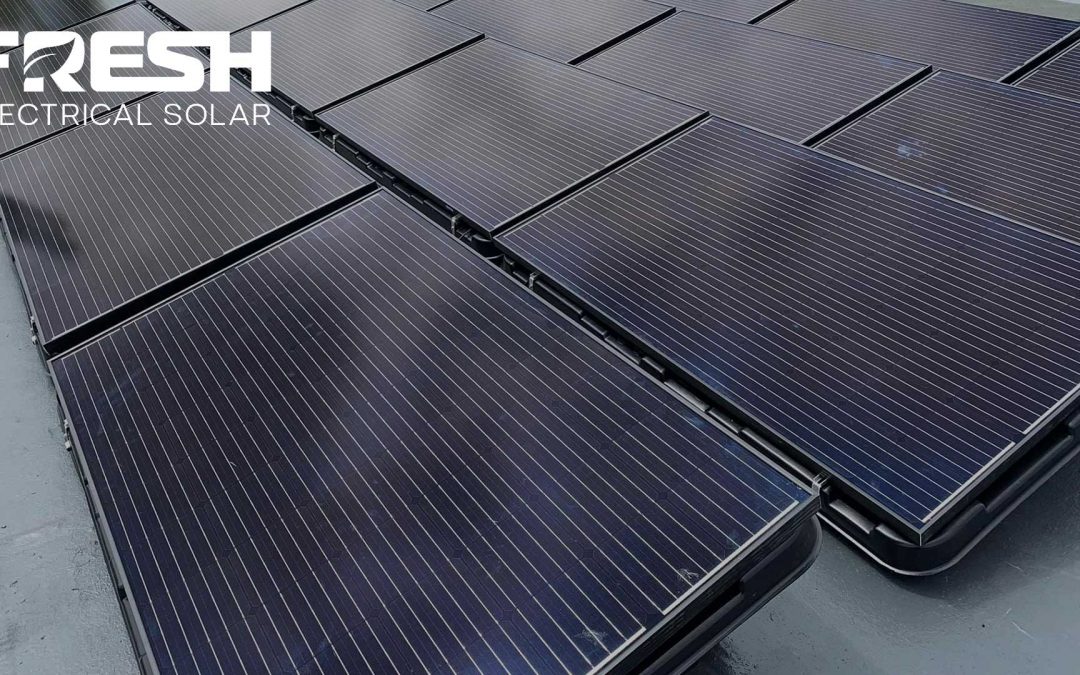Understanding how solar panels work
Solar panels have gained significant popularity as a sustainable and renewable energy solution. However, many people wonder if solar panels require direct sunlight to function effectively. In this article, we will explore how solar panels work, their efficiency in different conditions, and whether they can generate electricity without direct sunlight.
So How Do Solar Panels Work?
Solar panels, also known as photovoltaic (PV) panels, are designed to convert sunlight into usable electricity through a process called the photovoltaic effect. Here’s a brief overview of how solar panels work:
- Absorption: Solar panels consist of photovoltaic cells that contain semiconductor materials, typically silicon. When sunlight hits the solar panel, the cells absorb photons from the sunlight.
- Electron Excitation: The absorbed photons excite the electrons in the semiconductor material, causing them to break free from their atoms.
- Electricity Generation: The freed electrons are directed through an electric field within the solar cells, creating a flow of electrons, known as an electric current. This current can then be harnessed as usable electricity.
The Role of Sunlight
While solar panels are indeed designed to harness sunlight, they can still generate electricity under various light conditions, including cloudy or overcast days. However, the amount of electricity produced depends on the intensity and duration of sunlight received.
Direct Sunlight vs. Diffuse Light
Direct sunlight, with its higher intensity, is the optimal condition for solar panel efficiency. The more direct the sunlight, the greater the electricity generation. However, even in the absence of direct sunlight, solar panels can still generate power through diffuse light. Diffuse light refers to sunlight that has been scattered by the atmosphere, such as on cloudy days or in shaded areas.
Solar Panel Efficiency in Different Conditions
It’s important to note that solar panel efficiency can vary depending on the light conditions. Here are a few scenarios to consider:
- Direct Sunlight: Solar panels are most efficient when directly exposed to sunlight. They generate the highest amount of electricity under clear, sunny skies.
- Partial Shade: When solar panels are partially shaded, either by objects or shading caused by nearby buildings or trees, their overall efficiency can be affected. Shading can create “hot spots” on the panel, reducing the energy output. However, modern solar panel designs often include bypass diodes to minimize the impact of shading.
- Cloudy or Overcast Days: Solar panels can still generate electricity on cloudy or overcast days, although at a reduced capacity compared to sunny conditions. The amount of energy produced will depend on the thickness of cloud cover and the specific solar panel technology.
How much could you save?
Conclusion
Solar panels are designed to harness sunlight and convert it into usable electricity through the photovoltaic effect. While solar panels perform best under direct sunlight, they can still generate electricity under diffuse light conditions. Cloudy or overcast days may reduce the overall energy output, but solar panels remain a viable and effective renewable energy solution in various weather conditions.
Investing in solar panels enables homeowners and businesses to reduce their reliance on traditional power sources, lower carbon emissions, and contribute to a more sustainable future. Whether you have abundant sunshine or experience cloudy weather, solar panels can help you harness the power of the sun and make a positive impact on the environment.
Remember, if you are considering installing solar panels, consult with a reputable solar energy provider like Fresh Electrical Soalr to assess your specific needs and determine the optimal solar solution for your location.


Recent Comments